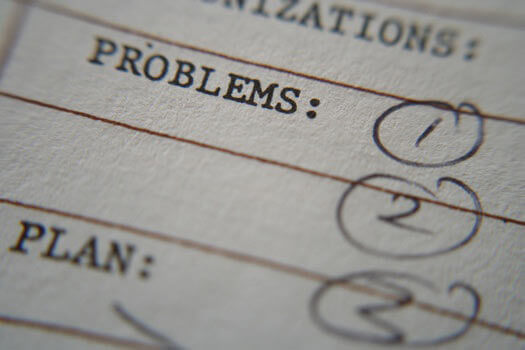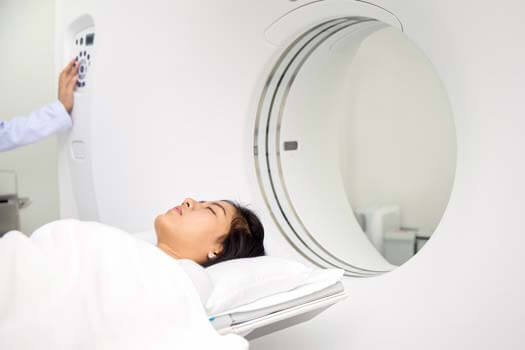The assertion that “pain is your body’s way of letting you know that something is wrong” is more than a cliché doctors are taught to spout to their patients in medical school. Ideally, you should pay attention to any lingering […]
Degenerative back conditions are spinal changes that most often occur during the aging process, usually after age 40, and they can sometimes result after repeated injuries to the area such as sprains, strains and overuse. Sometimes patients experience degenerative conditions […]
Cervical foraminal stenosis occurs in the spine at the neck, and is a narrowing of the portion of the vertebrae that allows the spinal nerves to leave the spinal column.
Back pain that is caused by a herniated disc can usually be detected from a routine physical exam. However, in many cases, additional tests are necessary to pinpoint the specific location of the herniated discs.
Discogenic back pain refers to lumbar disc pain that’s due to normal wear and tear of the discs that make up the lower portion of the spine. It’s interesting to note that some older adults with age-related degeneration experience no […]
The individual bones that make up the spine (vertebra) are supposed to have some degree of movement. At the same time, all parts of the spine are also meant to work in unison to provide support while allowing for normal […]
Whiplash refers to any type of sudden movement of the neck that results in sprain or tear of muscles and tendons supporting the neck.
Rheumatoid arthritis can affect any of the moveable joints (synovial joints) within the human body, including joints directly responsible for movements of the spine. When RA affects the back, symptoms can range from mild to severe enough to require spine […]
Cervical degenerative disc disease is a condition where discs affecting neck movement become worn over time, often resulting in neck pain and stiffness. In addition to natural wear and tear, cervical degenerative disc disease can also be caused from accidents […]








